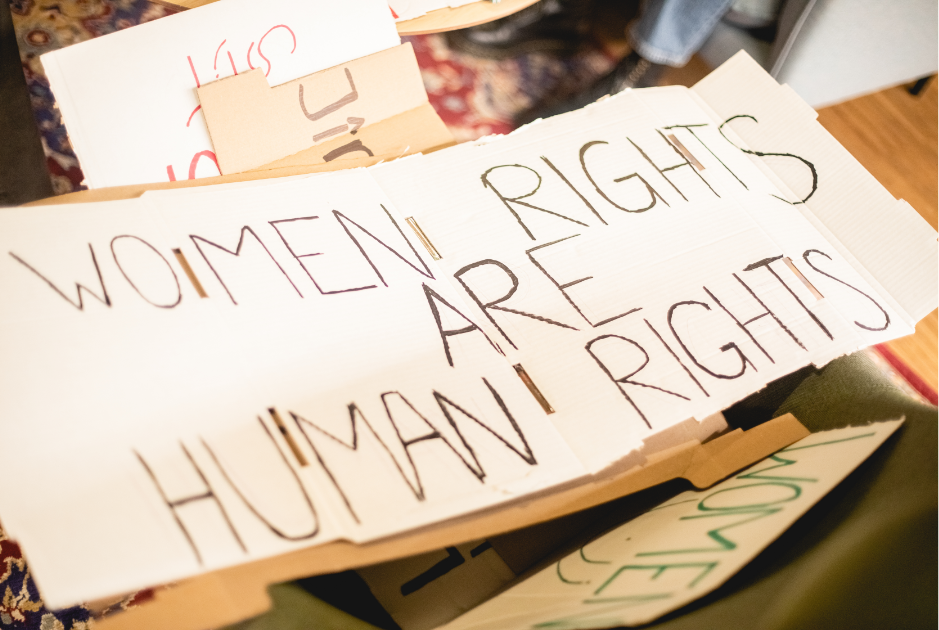A historian accidentally discovered how our history textbooks openly taught white supremacy

Harvard historian Donald Yacovone didn't set out to write the book he's writing. His plan was to write about the legacy of the antislavery movement and the rise of the Civil Rights era, but as he delved into his research, he ran into something that changed the focus of his book completely: Old school history textbooks.
Now the working title of his book is: "Teaching White Supremacy: The Textbook Battle Over Race in American History."
The first book that caught his attention was an 1832 textbook written Noah Webster—as in Merriam-Webster's Dictionary—called "History of the United States." Yacovone, a 2013 recipient of Harvard's W.E.B. Du Bois medal—the university's highest award for African American studies—told the Harvard Gazette about his discovery:
"In Webster's book there was next to nothing about the institution of slavery, despite the fact that it was a central American institution. There were no African Americans ever mentioned. When Webster wrote about Africans, it was extremely derogatory, which was shocking because those comments were in a textbook. What I realized from his book, and from the subsequent ones, was how they defined 'American' as white and only as white. Anything that was less than an Anglo Saxon was not a true American. The further along I got in this process, the more intensely this sentiment came out. I realized that I was looking at, there's no other word for it, white supremacy. I came across one textbook that declared on its first page, 'This is the White Man's History.' At that point, you had to be a dunce not to see what these books were teaching."
Yacovone went on to explain that white supremacy preceded the founding of the United States—it wasn't born from our history of race-based, chattel slavery—and that white identity dominated every social interaction in the 1700s and 1800s. Even many abolitionists didn't believe in true racial equality—Africans weren't generally viewed as equals; they just didn't deserve to be enslaved like animals. Yacovone explained:
"Even people who opposed slavery believed that African Americans could never be absorbed by white society. Samuel Sewall, who wrote the first antislavery pamphlet in 1700, condemned slavery, but he also characterized people of African descent as 'a kind of extravasate Blood,' always alien. His idea remained central to the American mind for the next 200 years."
Yacovone said textbooks began to change a bit—briefly—just after the Civil War, when African Americans finally began to be included. But it didn't take long for white supremacy to dominate education again, this time through positive depictions of slavery as a benevolent institution and dismissal of slave narratives as "propaganda":
"For the most part, the textbooks from the pre-Civil War period through the end of the century followed a basic format: They would go from exploration to colonization to revolution to creation of the American republic, and then every succeeding presidential administration. Anything outside of the political narrative was not considered history and was not taught.
During the brief period of Reconstruction (1863-1877), the story emphasized the fulfillment of democracy, and the ideology of freedom suffused many books. This was a dramatic change. I even came across a couple of books that contained pictures of African Americans, and I was flabbergasted when I discovered one that had a picture of Frederick Douglass — that was unheard of. Prior to Reconstruction, textbooks had a few pictures, some engravings. But they disappear pretty quick once we get into the 20th century, because the 'Lost Cause' mythology takes over academia and white supremacy reappears with full force.
During the 1920s, the 1930s, and the 1940s, it was astonishing to see positive assessments of slavery in American history textbooks, which taught that the African American's natural environment was the institution of slavery, where they were cared for from cradle to grave. There was a legacy of African American writing about freedom, but the white power structure simply wouldn't accept it as legitimate. They dismissed the slave narratives as propaganda, downplayed the history of Africans before slavery, and ignored the work of African American scholars such as W.E.B. Du Bois and others."
Yacovone said textbooks began to improve after the Civil Rights movement. Today, the issue is not so much about the materials available as the collective will to teach it. We are no longer bound by limited texts—we have online curriculums that provide a broader picture of the true history of race and racism in the U.S.—but teachers have to be willing and able to teach that history.
"In the mid 1960s, textbooks began noticeably to change because attitudes and scholarship were changing in the wake of the Civil Rights Movement...There was a gradual reintroduction of the African American element in history textbooks. And now, many history teachers don't even use textbooks. They're using online resources. Some of the best work is being produced by the Zinn Education Project, the Gilder-Lehrman Center, and the Southern Poverty Law Center.
But even when textbooks are accurate, teachers have to be willing to teach it. We know there are many white teachers who are afraid of doing it. And you have to have school systems, both public and private, committed to doing this work and not to punish teachers for doing so, which is happening…"
Let's pause for a moment think about the impact of generation upon generation, right up until our current Baby Boomers, being overtly taught white supremacy in their school textbooks. That generation taught the next, who is teaching the current young people. While the materials have vastly improved in the past sixty years, there's a long legacy there to overcome.
And what happens when we ignore our legacy of teaching white supremacy? What happens when we don't acknowledge that that's how Americans were taught for most of our country's history? What happens if we don't teach the full history of slavery on our soil?
Yacovone addresses that too:
"If America is to be a nation that fulfills its democratic promise, the history of slavery and white supremacy have to be taught in schools across the country. We need to acknowledge that white supremacy remains an integral part of American society and we need to understand how we got to where we are. The consequences of not doing so are lethal. White supremacy is a toxin. The older history textbooks were like syringes that injected the toxin of white supremacy into the mind of many generations of Americans. What has to be done is teach the truth about slavery as a central institution in America's origins, as the cause of the Civil War, and about its legacy that still lives on. The consequences of not doing so, we're seeing every day."
You can read Yacovone's entire Harvard Gazette interview here.





 What was I doing again?
What was I doing again? A space waitress at work.
A space waitress at work.  Waking Up Funeral GIF
Waking Up Funeral GIF Rihanna Nails GIF
Rihanna Nails GIF Yoga pants.Image via Canva.
Yoga pants.Image via Canva. Our natural lashes are nice just the way they are!
Our natural lashes are nice just the way they are! One step forward, many steps back. Image via Canva.
One step forward, many steps back. Image via Canva.  Homelessness is especially rampant on the West Coast.Image via Canva
Homelessness is especially rampant on the West Coast.Image via Canva